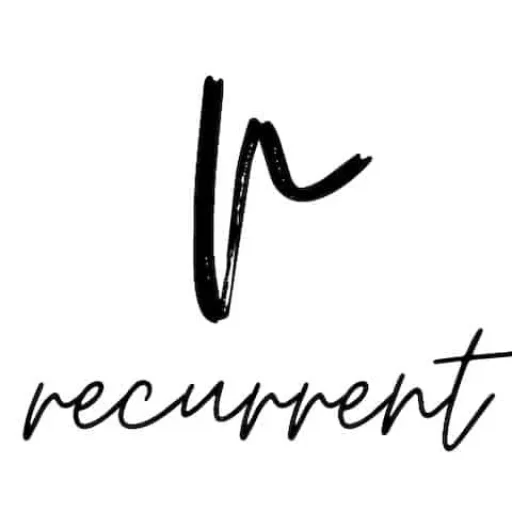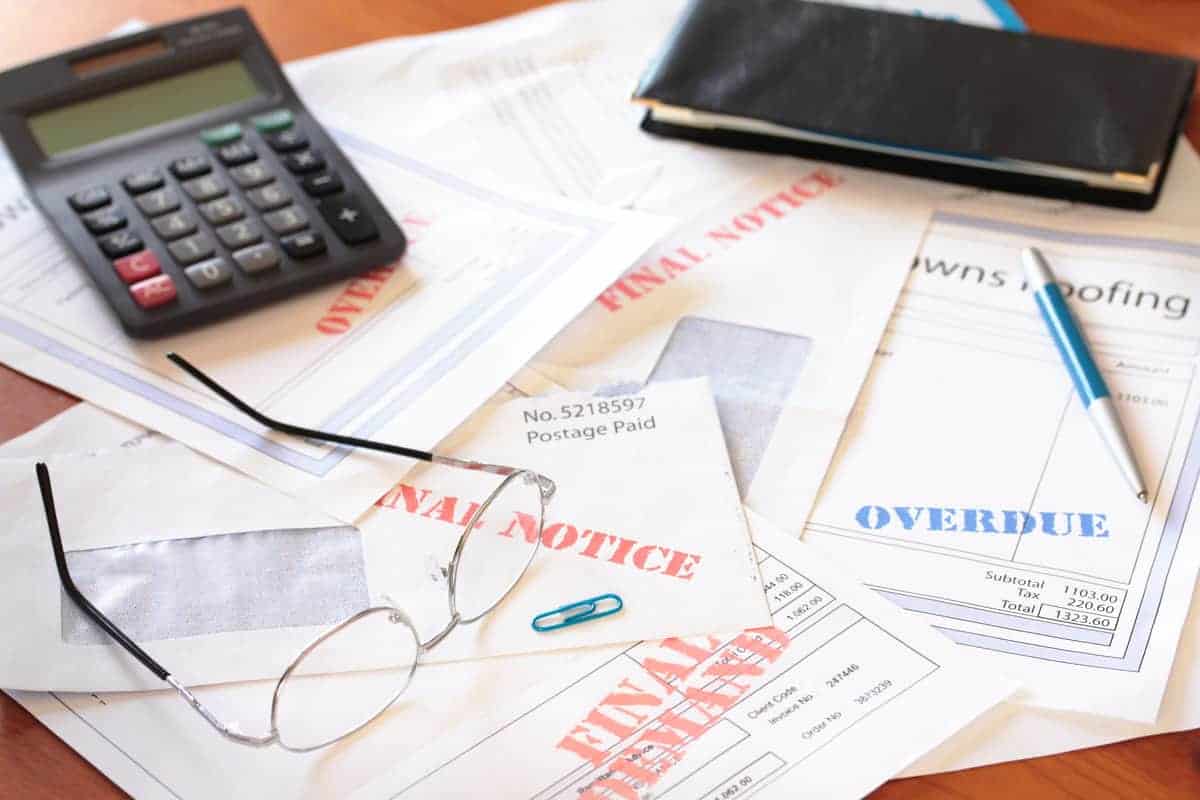I received a statement in the mail recently, which showed I had an unpaid invoice that was now “ in arrears “. What on earth did that mean?
The term arrears is a popular accounting term which simply means that payment is overdue. Typically, an invoice is issued with a due date on it, and once that due date has passed and payment has not yet been received the issuer of the invoice will send a reminder notifying the recipient of the invoice that it is overdue by a number of days.
Depending on how many days the notice was issued and the number of days the invoice was overdue, this forms the number placed in front of the term arrears .
For example, if I received an invoice that was dated 8th August and the terms of that bill allowed me to pay it within 7 days, this would mean the due date of the invoice would be 7 days after the date of the invoice being the 15th August. If today happened to be the 16th August, I might receive a notice from the supplier stating the invoice was now 1+ day overdue, or the invoice was 1+ arrears .
Where Can You Be In Arrears ?
There are two main areas where you may find yourself being in arrears:
- Payment required towards a bill (eg. utility bill – water, rates, rent; other service)
- Payment required towards a debt (eg. credit card, mortgage , car lease)
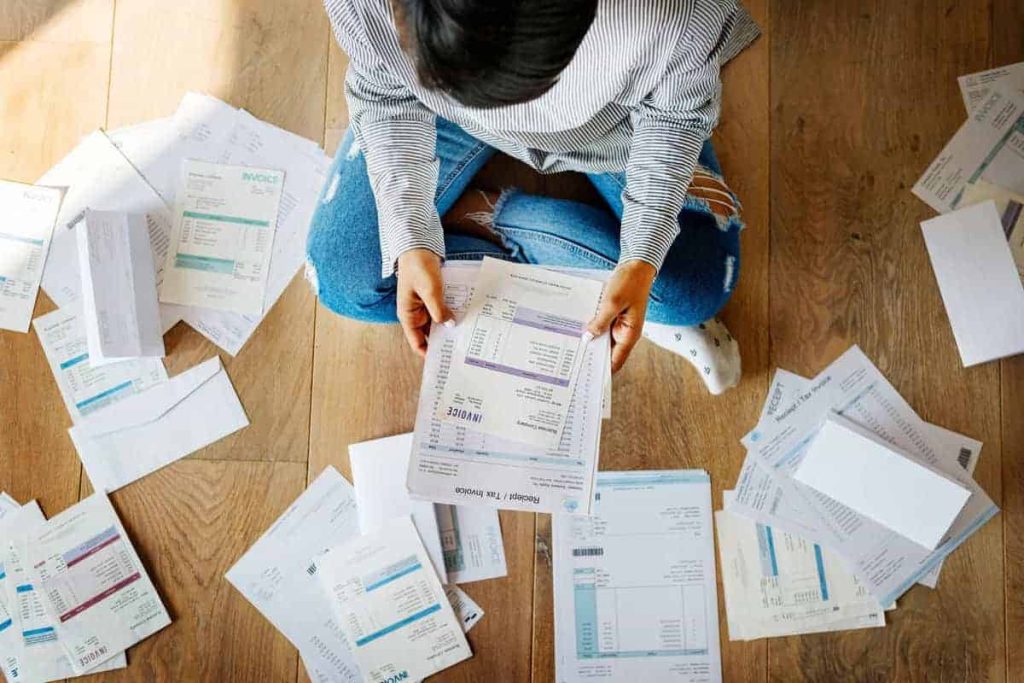
Bills
It can be easy to tell if you are in arrears in regard to a bill because they will generally have annotated somewhere on the cover page the due date.
If you cannot easily discern the due date on a bill look for a section where terms are detailed. This could be something detailed as “7 days”, or “14 days” meaning the due date for payment towards this bill must be made in full 7 days after the issue date of the invoice. Therefore, you’ll want to find the date of the bill and add the term days to arrive at the due date.
Debts
It can be easier to fall into arrears with regard to payment of debt than it would otherwise be in regard to payment towards a bill.
Why?
Payment of debts are according to an agreement, and depending upon when that agreement happened it can be difficult to remember when the frequency of payment was to occur, what was to happen on non-banking days
Does It Really Matter?
The reason for the notice provided by the issuer of the invoice to you is to remind you payment is overdue, and your prompt payment is required.
If you fail to make payment towards the invoice, then the issuer can take any necessary steps next to recover payment for supply of their service or goods provided to you.
Besides trying to seek payment the issuer may also withhold any further supply or their services or products until payment has been made, or they may change their terms of the arrangement they have with you and demand payment upfront before they provide their service or product.
Paying for a service or product before delivery is the opposite of arrears and is termed “ payment in advance “.
What Should You Do To Pay A Bill In Arrears?
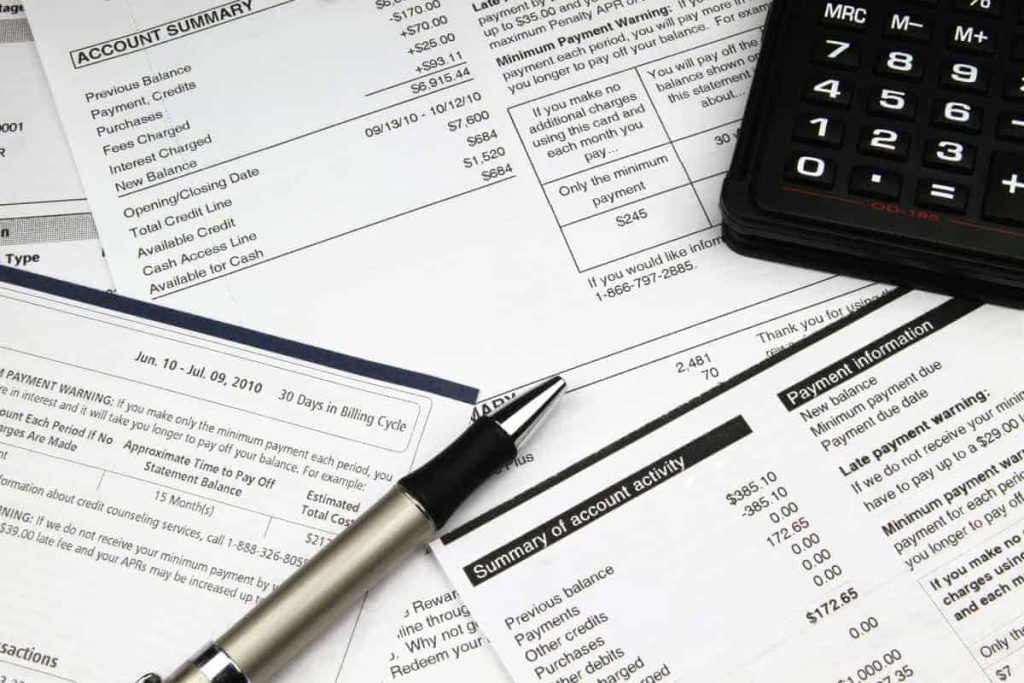
If the payment being sought is for an unpaid bill to rectify the issue do the following:
1. Find Original Bill
It’s important to make sure you have a copy of the bill you’ll be paying. Some people have been scammed because of pushy conmen demanding payment to a bill nobody could find. Don’t be suckered in. Find the bill first.
If you genuinely cannot find the bill, then be courteous in seeking a copy informing the issuer that you have misplaced the original bill and if they could kindly issue a copy of the original back to you (maybe by email to expedite payment).
2. Check Bill
The purpose behind making sure you have a copy of the original bill is to check to make sure the bill you’re paying is correct or has not already been made.
If the bill is lacking detail, you should ask for the issuer to provide further details, asking them to itemise the bill – which means providing further details about how the total of the bill was calculated.
If the bill was for labour then the issuer may be able to provide days and hours performed on the job, or if the bill was for a product, the issuer may be able to provide the date when the item was collected or delivered and specific details on what product was purchased.
If the bill has already been paid, kindly let the issuer know that payment towards their bill has been made and detail the specific date when payment was done. If a remittance advice was issued, provide a copy of the remittance advice given.

3. Disputing
If there is something on the bill that is not correct, then you need to raise your dispute with the issuer by informing them of the error.
If the error is genuine, and the issuer admits fault to the error on the original bill, they will need to provide you with either:
- An updated bill showing the correct amounts, or
- A credit that can be applied towards the original bill, where you would only need to make payment on the remaining amount.
If the issuer denies any error on their bill, then the process needs to be mediated by somebody impartial and external to determine if the amount being charged was what was agreed upon. This process can become quite taxing, so you would really want to make sure you have everything documented in case the proceeding goes to court.
In short, doing nothing, or assuming they will know a problem exists does not help proceedings, and will likely work against you if you do not send a notification to them about any issues you have about the bill.
4. Paying
When making payment, follow the instructions as detailed on the bill which should be found at the bottom, or on the back. If somebody contacts you from the issuer and requests you make payment for that bill to something alternative to than what is detailed on the original bill, then either:
- Contact the issuer directly to confirm, or
- Ask the person on the phone to re-issue a new bill with the new payment information.
Be careful paying anybody based on what you’re told via an email or phone call.
You will still be liable for payment of a bill, even if you’ve been scammed by someone purporting to be the issuer of the bill!
So make sure you’re paying as directed by the bill.
The best outcome for both customer and supplier in this arrangement is for the customer to have been provided the service or product requested and for the supplier to have received compensation for the labour or item they have sold.
5. Notifying Payment Made
The final step when making payment on a bill that is currently in arrears, is to notify the issuer that payment has been made. Again, you’ll want to look for any directions provided on the bill, especially in any sections labelled Remittance Advice , which is the means of notifying the issuer payment has been made.
Keep a copy of the remittance advice just in case any dispute arises on payment ever being issued. At the least, the remittance advice should contain when you made payment, and how you paid.
Some bills may not require a remittance advice to be provided, as the type of payment made contains unique identification that you have made payment, but it still would be a good habit to keep a track of these payments .

What Should You Do To Pay A Debt In Arrears?
If you need to make payment towards a debt that is now in arrears, there are a couple of things to do to rectify:
1. Find Agreement
If you are making payment on a loan or lease, then check the agreement details to make sure payment is being made according to the terms of the arrangement.
Some aspects that may cause people difficulty with managing payments towards a loan are:
- When payment is taken during non-bank holiday periods (eg. Christmas, Easter, New Years, etc);
- When monthly payments are made when the days in that month are not available (eg. how are payments handled if they are to be made on the 31st of each month when the days in the month do not have 31 days!);
- When any additional payments are made, such as the balloon payment (final/closing payment).
In regard to credit card payments, you will want to find the credit card statement which itself will detail the payment needed to make as either a minimum payment , or as full payment .
2. Check Payment
Using the agreement or statement as your guide, check the payment amount required is correct.
3. Disputing
If, according to your calculations, the amount required for payment is incorrect, notify the lender, or lessor, how the amount was calculated that is currently owing.
If there is a difference between the amounts you’ve calculated according to the terms and conditions of the agreement, then seek clarification on areas where there are differences of clarification.
Again, the important part is to get to a common agreement, not to be forever disputing, as there will likely be conditions in the agreement detailing next steps when a dispute cannot be resolved.
It should also go without saying that should matters be unresolved in regard to payment of debts, these unresolved cases may end up on your credit report.
4. Paying
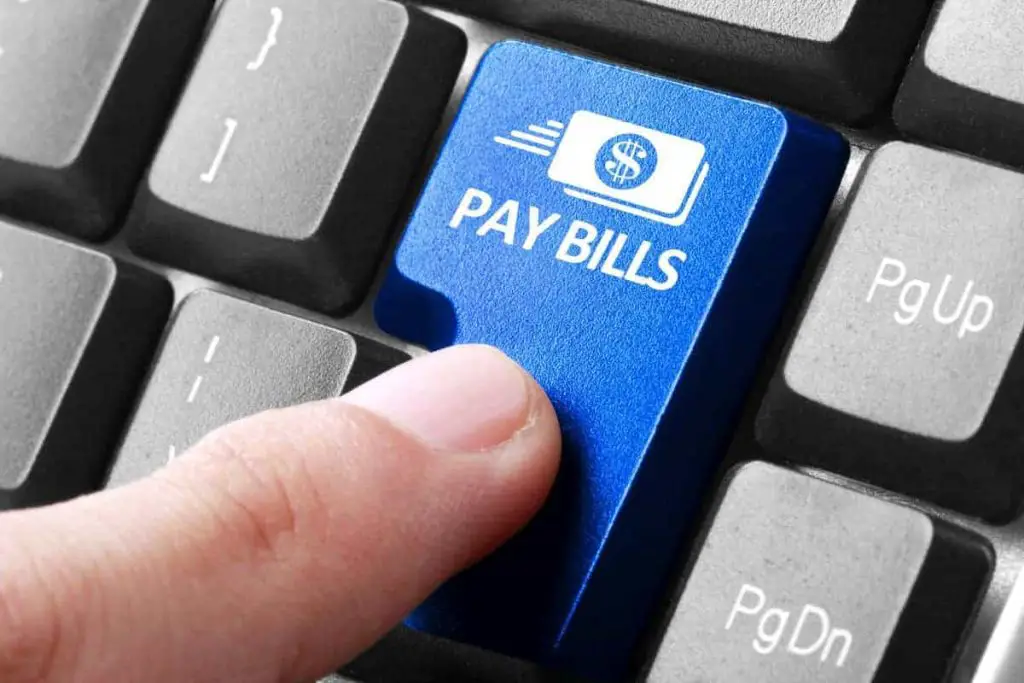
When it comes to making payment towards a debt in arrears you need to check you have the correct information for sending payment to the lender or lessor.
Ideally, you would want something official, such as on a company letterhead, or something confirmed over the phone when you’ve verified the identity of the lender or lessor.
5. Notifying Payment Made
In regard to large closing payments, for example, where a balloon payment is made (i.e. car lease), it’s always a good habit to notify the lender that payment has been made. If a final payment towards a debt is being made, make sure you have official documentation on how to make a closing payment and what the closing amount is.
For other types of debt payments, notification may not be required, but it is a good habit to make sure you have records of these amounts paid in case of dispute.
Summary
When a bill or payment for debt is overdue, meaning payment has not been made in full passed the due date, it is deemed to be in arrears . If a number is annotated next to the word arrears it generally denotes the number of days that payment is overdue. Therefore, “1+ arrears” would mean that payment is 1 day overdue, “2+ arrears” would mean payment is 2 days overdue, etc.
While receiving this type of notice may come as a surprise, make sure you heed the steps listed above to ensure you aren’t double paying a bill, are paying the correct amount, and are not being scammed.
At the same time, withhold payment not from someone when it is due, and should everything be correct quickly rectify as the issuer may change any future arrangements if they find you’re not reliable with payment.
